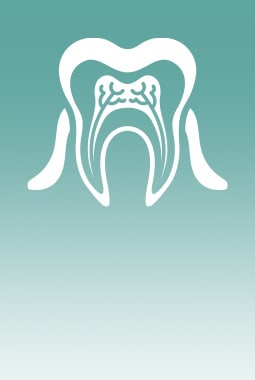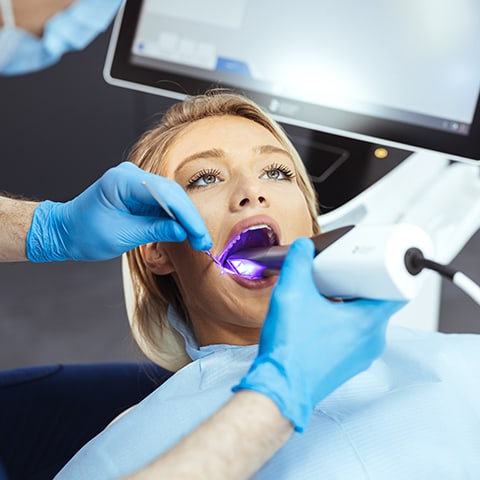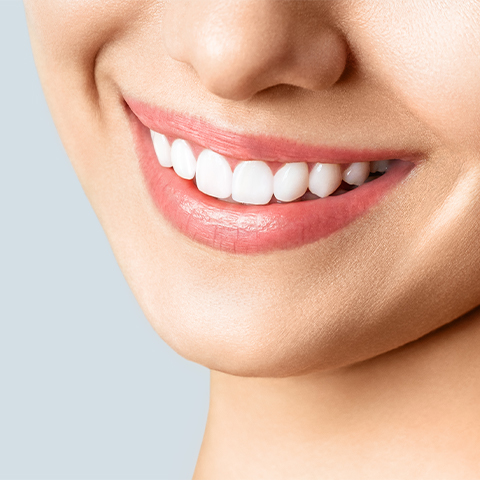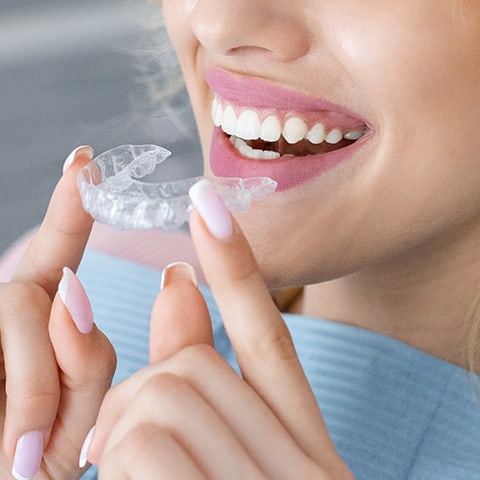
Focused on Your Peace of Mind
Zen Dental Centre provides comprehensive dental care to help you put your best smile forward. We make your comfort our top priority. Whether you visit us for a routine cleaning or to replace a lost tooth, we want you to feel welcome and relaxed. We’re your team, dedicated to serving your oral health needs.
We’d love to meet you and your family. Our team is happy to answer your questions, and we offer all our services in English, Punjabi, and Hindi.
Book Appointment

Our Services
Visit Our Location
Find us on 152 Street across the road from the White Rock Volkswagen dealership.
Our Address
- #3, 2119 152 St
- South Surrey, BC V4A 4N7
Contact Information
- Phone: 604-531-8012
- Email: info@zendentalsurrey.ca
Hours of Operation
- Monday: 9:00 AM – 7:00 PM
- Tuesday: 10:00 AM – 6:00 PM
- Wednesday: Closed
- Thursday: 10:00 AM – 6:00 PM
- Friday: 10:00 AM – 6:00 PM
- Saturday: 10:00 AM – 5:00 PM
- Sunday: 10:00 AM – 5:00 PM














